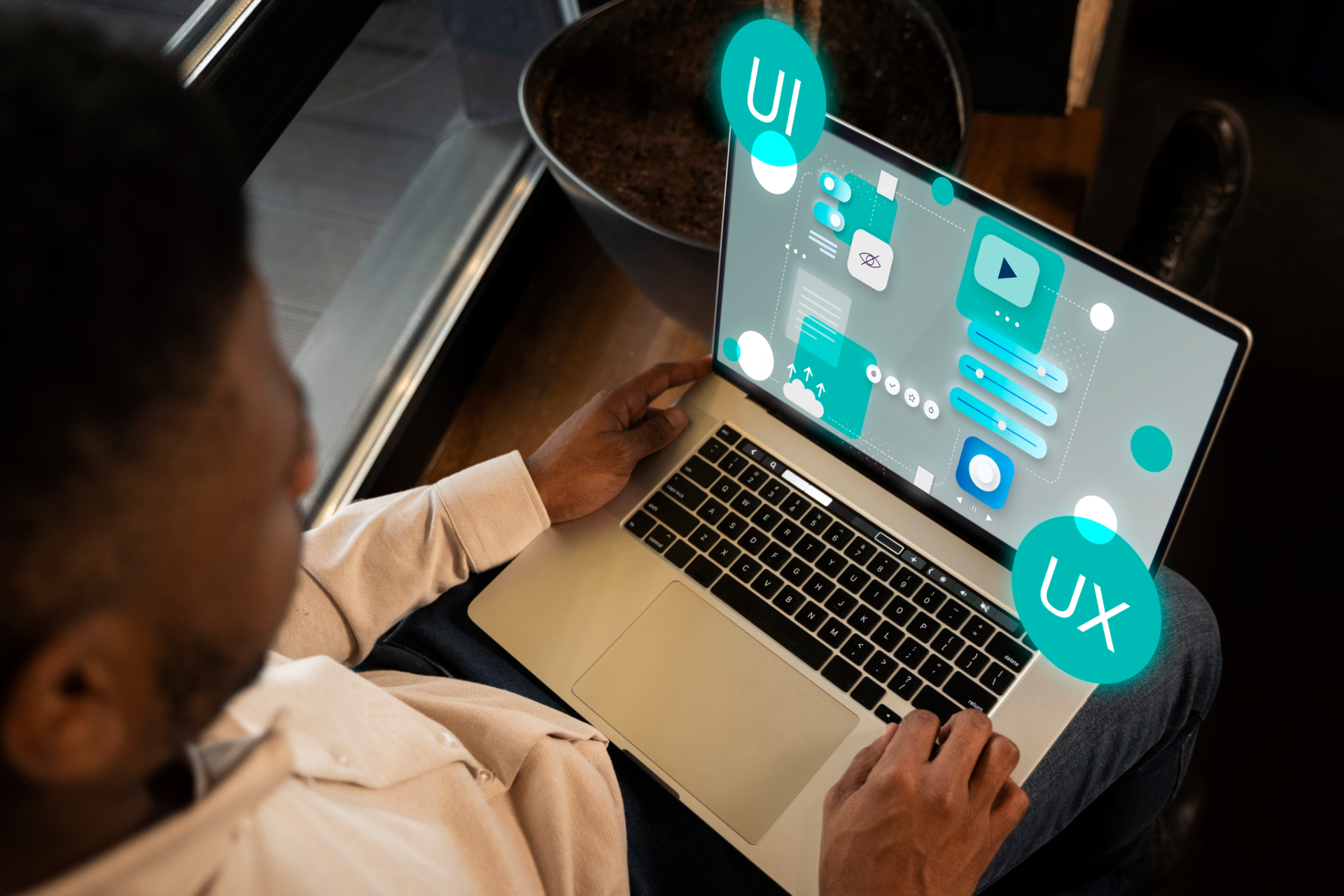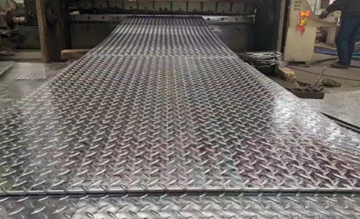Are you still relying on the default theme for your WordPress website? Or maybe the standard plugins you use aren’t giving the functionality you need, leaving your site feeling generic and lacking the impact. You know your WordPress site could do so much more, but the next steps seem unclear.
A website should reflect the entire image of your brand. Your site needs to present the identity and the beauty of your firm in a manner that will be utterly distinctive and unclaimable by others. But, how do you go about building the website that best embodies your vision? What if your vision isn’t standard? In such cases, you must not be disillusioned if the website does not look like the ready-made model.
Given the sheer number of themes and configuring options available online, determining which will work best for you can sometimes feel overwhelming. Well, never fear — this is a quick guide that aims to explain why WordPress customization matters and show you how to get the most out of your site so that it can be yours!
Why Strategy Matters Before You Customize
Before diving into customization, it’s crucial to pause and assess your options. What are your goals for your website? Are you aiming to generate leads, sell products, or build a community? Ensuring you have a clearly defined purpose for your site, along with who it is intended for will help how to customize your website.
Let’s say the main purpose of your company is to sell products. The webpage should then be created so that visitors can quickly find and purchase the things they want. Your quest to realize that aim must be through the correct selection of the theme and the installation of the right plugins.
Prioritizing The User Experience (UX)
Prioritizing User Experience is critical for building a successful WordPress website. A well-designed website is easy to use. It is visually appealing and can keep visitors interested and increase conversions.
Here are the key UX principles:
- Mobile Responsiveness: A large portion of your website visits come from mobile phones. As a result, mobile compatibility is critical for your website. Use responsive themes and test them on various devices to see which one works best. A WordPress plugin development company can always help you out with making your website mobile responsive.
- SEO: SEO is crucial for marketing as it improves website visibility and usability. By incorporating best practices during customization you can increase user engagement and satisfaction.
- Simplicity: A clean, uncomplicated design is important for a good user experience. Refrain from overwhelming people with too much information or graphic components.
- Consistency: Keeping your brand’s consistent look and feel on the website makes you stand out in recognition. It enables your viewers to explore and understand your material.
Key Practices for Customizing Your WordPress Site
Tailoring your WordPress site plays a key role in creating a unique online identity that matches your brand’s vision and aims. WordPress provides several ways to get the ideal appearance and functionality for your site, whether you want to make basic style changes or add complex features.
From easy-to-use tools to complex coding methods here’s how you can tailor your WordPress site to fit your specific needs:
- WordPress Theme Customization: Customizing WordPress themes allows for a personal touch quick development, and a uniform style. Users can adjust colors, fonts, layouts, and add special features through the WordPress Customizer. But what if your website needs to do something more particular?
Let’s say you want to add a special widget that displays products in a unique grid layout or adjust your navigation to match your brand’s style. That’s when customizing WordPress themes becomes key. You’ll need to team up with a capable developer who can bring your ideas to life if you want such advanced features.
- WordPress Plugin Customization: Customizing WordPress plugins lets users change existing plugins to meet their website’s specific needs. This can involve tweaking how things work connecting with other tools, or adding new features.
For example, if you run an online store and use a plugin to handle product inventory and pricing. You might need a custom feature to work out shipping costs based on where your customer lives. This means adding new functionality to the existing plugin. For complex changes like this, it’s best to talk to a WordPress developer. They can create custom solutions that work with your site and boost the plugin’s abilities to fit your business needs.
- Full Site Editing (FSE): Utilize the block-based interface to adjust the layout, colors, typography, and structural templates like headers and footers. Ideal for beginners who are looking to customize their site.
- Theme File Editor: The Theme File Editor allows WordPress theme modifications, allowing control over design and functionality. However, it requires advanced coding knowledge and can break the website if not done carefully. Note that some security plugins may restrict access to the Theme File Editor to prevent unauthorized modifications. It is highly recommended you opt for WordPress plugin development services to do it for you.
- Child Themes: Make safe, code-based customizations by creating a separate child theme. This approach protects your modifications from being overwritten by theme updates and allows for experimentation with design changes.
Customization Practices Dos and Don’ts for Your WordPress Site
Customizing your WordPress site involves more than just enhancing its visual appeal. You aim to improve performance and user experience. So, make sure to think holistically about functionality, performance, and user experience to ensure the website is user-friendly and aligned with your business goals.
This means you should think about the design, speed of your site, and data compression. This way, when you develop or customize your website, it can reflect your brand personality and also perform well in every aspect.
Here are some important dos and don’ts for site customization to help you with this balance and ensure the website is infused with brand personality without sacrificing performance or monetization.
Customizing Your WordPress Site: Key Dos
- Use Responsive Design: Ensure that your site functions effortlessly across all devices. Use themes that automatically adapt to various screen sizes.
- Use a Staging Site: Test changes in a staging environment first to avoid disrupting your live site. You can safely update themes and plugins without risk.
- Backup and Use Version Control: Regularly back up your site and use version control to easily revert to previous versions if needed.
- Prioritize Accessibility: Make your site accessible to all users with readable fonts and color schemes. Don’t sacrifice accessibility for fancy features that don’t improve the user experience.
- Use Plugins for Additional Functionality: Instead of altering your theme, use WordPress plugins. This will ensure that your theme is clean, maintainable, and easy to update.
- Optimise pictures: Compress and optimize pictures to speed up website load times. Faster-loading pages improve both user experience and SEO rankings.
Customizing Your WordPress Site: Key Don’ts
- Avoid Using Excessive Plugins: Overloading your site with plugins can slow down performance and lead to conflicts. Use just the needed plugins to keep your site running smoothly and efficiently.
- Don’t Neglect Performance: Ensure your site loads quickly by optimizing images, leveraging caching, and minimizing unnecessary features. Performance is essential for enhancing user experience and increasing SEO.
- Don’t Overlook Security: Ensure that your website is protected by adding passwords, keeping everything up to date, and utilizing security plugins for all of the common vulnerabilities out there.
- Don’t Ignore Testing: Always test your changes on a staging site before rolling them out to live. This can prevent interruptions and make sure that everything works as designed.
Conclusion
When it comes to creating a website, chances are you want your online presence to match the uniqueness of your brand with where you hope to take it. Consider usability, performance, or SEO when you think of the many options for further customization. In this manner, you can develop a visually appealing and functional website that meets your company’s needs.
Customization is an ongoing process. Measure the progress of your website and make necessary changes to keep you on track with its goals.
Your website is meant to attract customers and boost your sales. Begin customizing your WordPress site today and create a digital presence that sets you apart and goes all-in with what represents your brand. So, start your customization now and feel the difference between how a personalized website creates success for your brand.




